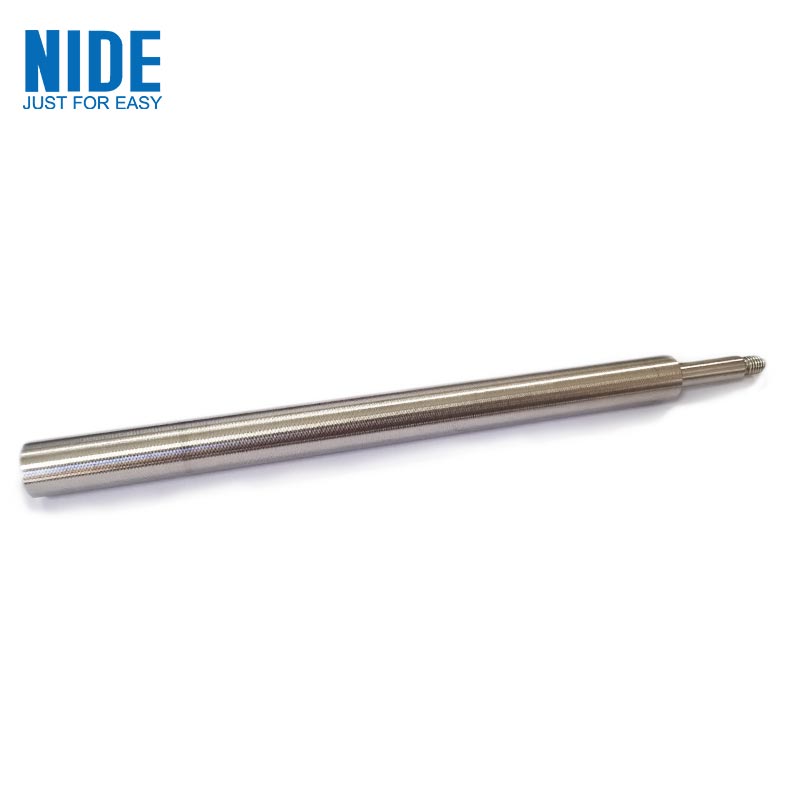What is a Motor Shaft?
2024-07-01
A motor shaft, as an integral part of an electric motor, is a cylindrical component that protrudes from the motor's housing. It serves as a critical link between the internal energy conversion mechanism of the motor and the end-use application. Understanding the role, construction, and maintenance of a motor shaft is essential for anyone working with or relying on electric motors.
Role of the Motor Shaft
The primary role of a motor shaft is to convert the energy generated by the motor into mechanical work. When an electric current flows through the windings of an electric motor, it creates a magnetic field that interacts with the permanent magnets or electromagnets inside the motor. This interaction causes the rotor, which is attached to the motor shaft, to rotate. As the rotor rotates, the motor shaft also rotates, transmitting torque and rotational energy to the connected device or machine.
Construction of a Motor Shaft
Motor shafts are typically made from high-strength, durable materials such as steel or stainless steel. They must be able to withstand the rigors of continuous operation, including friction, vibration, and temperature changes. The shaft is precisely machined to ensure smooth rotation and precise alignment with the motor's internal components.
The length and diameter of a motor shaft depend on the specific application. Some motor shafts are short and stubby, while others extend for several inches or feet. The diameter of the shaft also varies, depending on the torque requirements and the size of the motor.
Types of Motor Shafts
There are several different types of motor shafts, including:
Solid Shafts: Solid shafts are made from a single piece of material and offer the highest strength and durability. They are commonly used in heavy-duty applications that require high torque transmission.
Hollow Shafts: Hollow shafts have a hollow center and are lighter in weight than solid shafts. They are often used in applications where weight reduction is important, such as in aerospace or robotics.
Threaded Shafts: Threaded shafts have screw threads cut into their surface, allowing them to be connected to other components using nuts, bolts, or threaded fittings.
Maintenance and Replacement
Proper maintenance of a motor shaft is crucial to ensure its long-term reliability and performance. Regular inspections should be performed to check for signs of wear, cracks, or other damage. If damage is found, the shaft should be replaced or repaired as soon as possible to prevent further damage to the motor or connected equipment.
Replacement motor shafts are available in a variety of sizes, materials, and configurations to match the specific needs of any motor. When selecting a replacement shaft, it is important to ensure that it is compatible with the motor's internal components and can withstand the torque and speed requirements of the application.
A motor shaft is a crucial component of an electric motor that converts the motor's energy into mechanical work. Understanding its role, construction, and maintenance is essential for anyone working with or relying on electric motors. With proper care and maintenance, a motor shaft can provide reliable service for many years.


